‘Colourful’ is one of those words like ‘Vibrant’ and ‘Eclectic’ that has become a cliché so overused over the years by tourist boards and councils bidding for investment from the creative industries that it has become almost meaningless – empty business buzzwords that convey a sense of optimism, filling up the pages of brochures and bid documents without actually committing anyone to anything concrete.
In the case of Bristol, however I think all those terms can be applied; in its landscape, people and culture, the city seems to thrive on a joyful, humorous and chaotic sense of itself. It’s not over planned, not ghettoised, not segregated, (after all the city’s not big enough for such compartmentalisation), its influences, shapes and architecture bump into each other in ways that in other cities might seem jarring, For example, on paper a vista that includes a giant steel globe, a Victorian redbrick industrial chimney and an Italianate Romanesque tower might sound like a clash of cultures too far, but you can see this view from Bristol’s Millenium Square and somehow this strange juxtaposition of styles just seems to work. The town is littered with such cultural clashes and far from being dissonant or discordant they work in a strange and surprising harmony bringing a unique rhythm and life to the landscape.
But it was the colours of Bristol that I first noticed when we moved here a year ago, specifically the rows of multicoloured terraced houses that dot the ridges of the hills that surround the basin of the harbour and the city centre. Sitting on top of Clifton, Totterdown, Hotwells and my own home Windmill Hill, these multicoloured Victorian dwellings look like rainbows splashed on the landscape, interrupting the horizons and boundaries between the city and the Somerset countryside which you can see from almost anywhere in the city. These terraces seem to have become something of an unofficial symbol for the city, appearing in the title sequence of Skins, being the setting for the BBC’s Being Human and, more locally, as part of the body of Bristol-based artist Andy Council’s Bristol Dinosaur. Happily contemporary architects have taken this love of colour on board as well and the new buildings that dot the skyline are every bit as joyful as the old housing stock, some even paying homage to this Bristol tradition.
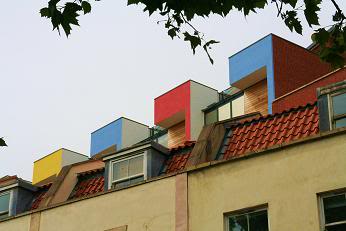
The colour of the city is not just restricted to these houses though, polychromy trickles down the hills into practically every street where you’ll be hard pushed to find two doors the same colour, to pubs and community centres adorned with murals designed by local people, to the derelict buildings and hoardings decorated with graffiti and pavement displays outside shops, the streets are awash with every hue imaginable. It’s as if there’s something deep in the heart of the Bristolian psyche that finds something unnatural about the notion of the unadorned, a deep seated instinct to decorate in opposition to the modern tendency towards the monochrome which David Batchelor describes in his book ‘Chromophobia’.
For an artist this ebullient riot of colour is a constant source of inspiration. Take your camera out for a walk and you soon have a reel of film or memory card full of images that would not look out of place hanging next to Matisse, a Klee or a Rothko.
The colour and chaos of Bristol seems to me be symptomatic of its welcoming attitude, after all its difficult to feel like the odd one out in a town where everything is both out of place and exactly right at the same time. After years of living in the London and Brighton, my eyes had become attuned to endless stretches of Lewisham Grey and Regency White interrupted only by the corporately imposed and standardised colour of advertising billboards and shopfronts familiar from the high streets of every and any city, but here in my new home colour feels as if it grows out of the buildings, it’s essential, vital, democratic and above all intrinsic to city and instinctive to its population and it’s made me feel like I’m seeing the world with new eyes.
//////////
My Creative Scene is an insight into different creative & cultural happenings in cities where your members and readers live. Browse through more insider guides or contact us to write about the arts scene where you are.


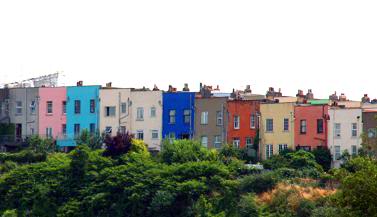
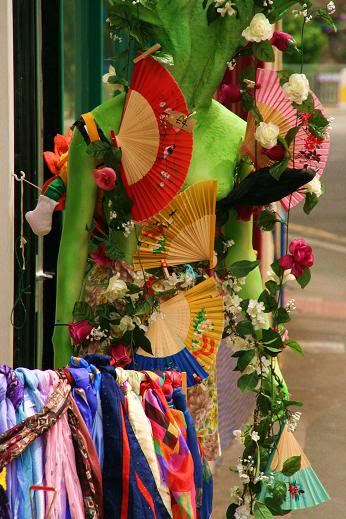
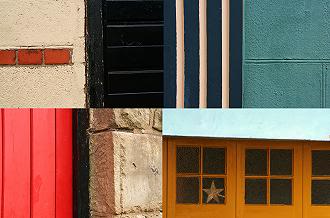
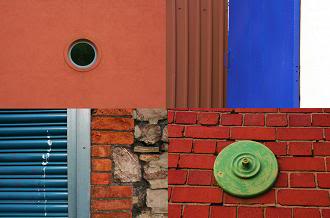

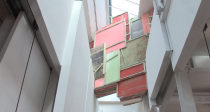
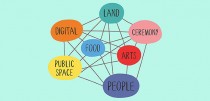









Comments